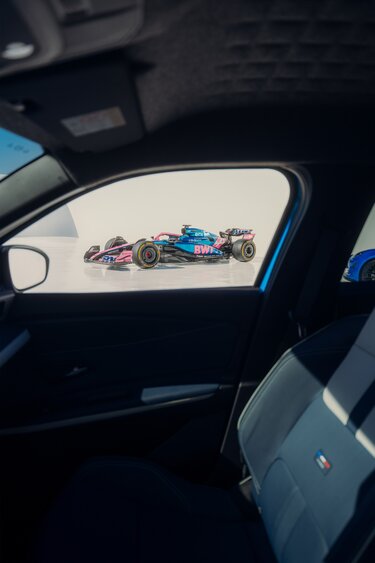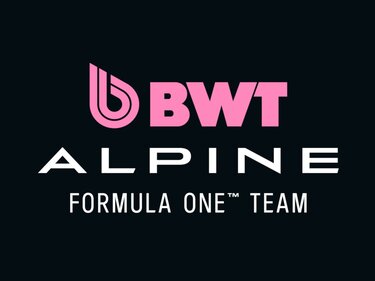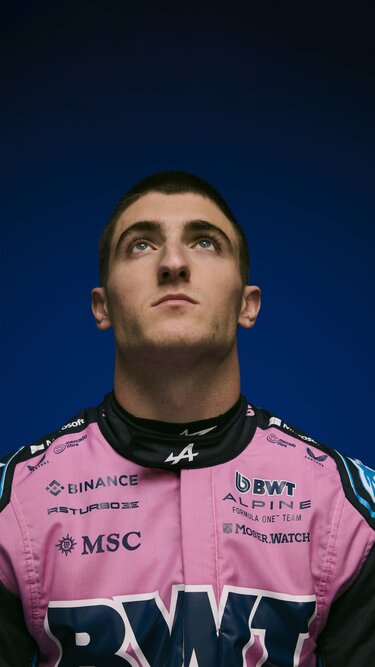
BWT Alpine F1® Team
BWT ALPINE F1® TEAM 2025 SEASON LAUNCH
In de Alpine A525 liggen ervaring en innovatie in elkaars verlengde en staat het lichte gewicht van de auto aan de basis van topprestaties.

Lichtgewicht design
Het chassis van de A525 is een monocoque van gegoten koolstofvezel en aluminium honingraatcomposiet, vervaardigd door het BWT Alpine F1® Team en ontworpen voor maximale sterkte met een minimaal gewicht.

Grensverleggend

Van het circuit naar de weg
In elk model vanAlpine zie je de aandacht voor aerodynamica en lichte materialen terug. Deze zijn getest op het circuit met het oog op een uitzonderlijke rijbeleving.
Onze coureurs
kijk ook eens naar
WEC

Webshop

F1® Seizoen 2025 - Volg ons live

Onze partners





